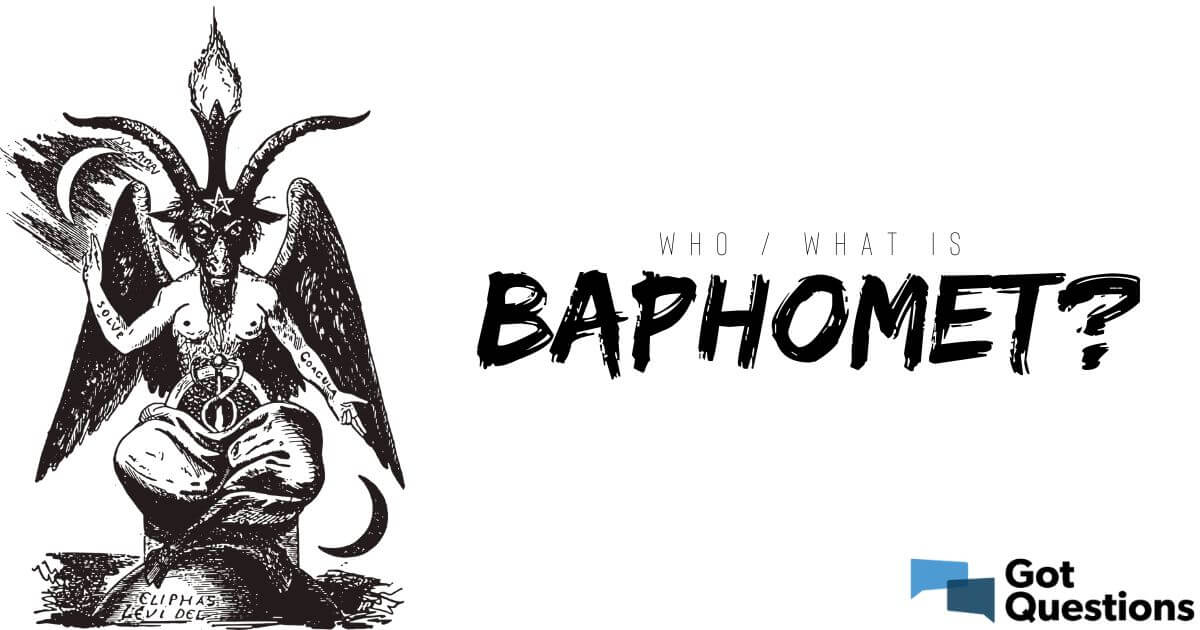Elon Musk's xAI, which made its Grok AI chatbot available for free to all users last month, has been the topic of discussion among X users who have suggested its logo resembles an upside-down broken cross.
So, how did it end up with its current logo?
After two initial versions, Grok — a word which the Oxford English Dictionary defines as "to understand intuitively or by empathy, to establish rapport with" — debuted a new logo in December, which immediately drew scrutiny for its resemblance to a cross snapped in half and broken off to the side.
When asked why its new logo resembles a broken cross, the Grok chatbot told CP Thursday the symbol can be viewed as a "design choice" that symbolizes "non-conformity" and "rebellion against dogma."
"In some contexts, a broken cross might be reminiscent of historical or cultural artifacts where crosses are depicted as broken to signify defeat, change, or transformation," Grok stated. "Here, it might imply that Grok aims to transform or evolve the way AI interacts with humans."
However, when asked the same query a second time, Grok denied the icon was a broken cross, saying it's "actually a stylized representation of a brain, symbolizing intelligence and thought. … The lines and curves in the icon are meant to evoke the complexity and connectivity of neural pathways in a brain, rather than any religious symbol."
In another varied response, Grok said the "logo's resemblance to a broken cross appears to be coincidental rather than intentional."
Complete Article:

 www.christianpost.com
www.christianpost.com
So, how did it end up with its current logo?
After two initial versions, Grok — a word which the Oxford English Dictionary defines as "to understand intuitively or by empathy, to establish rapport with" — debuted a new logo in December, which immediately drew scrutiny for its resemblance to a cross snapped in half and broken off to the side.
When asked why its new logo resembles a broken cross, the Grok chatbot told CP Thursday the symbol can be viewed as a "design choice" that symbolizes "non-conformity" and "rebellion against dogma."
"In some contexts, a broken cross might be reminiscent of historical or cultural artifacts where crosses are depicted as broken to signify defeat, change, or transformation," Grok stated. "Here, it might imply that Grok aims to transform or evolve the way AI interacts with humans."
However, when asked the same query a second time, Grok denied the icon was a broken cross, saying it's "actually a stylized representation of a brain, symbolizing intelligence and thought. … The lines and curves in the icon are meant to evoke the complexity and connectivity of neural pathways in a brain, rather than any religious symbol."
In another varied response, Grok said the "logo's resemblance to a broken cross appears to be coincidental rather than intentional."
Complete Article:

We asked Elon Musk's Grok whether its new logo is a broken cross. Here’s what the AI chatbot told us
What happens when the world s richest man introduces a new AI tool that some users say has a satanic symbol When asked why its new logo resembles a broken cross, the Grok chatbot told CP Thursday the


